Reinforcing processes, which we covered in last month’s issue, are only one of the building blocks of complex systems. While the snowballing effect of reinforcing loops destabilizes systems, balancing processes are generally stabilizing or goal-seeking. They resist change in one direction by producing change in the opposite direction. In causal loop diagrams, balancing loops are noted by a “B,” a “—,” or a scale icon in the center of a loop.
The Structure of Balancing Loops
There is always an inherent goal in a balancing process, whether it is visible or not. The basic structure of a balancing loop involves a gap between the goal (or desired level) and the actual level. As the discrepancy between the two increases, corrective actions adjust the actual level until the gap decreases. In this sense, balancing processes always try to bring conditions into equilibrium.
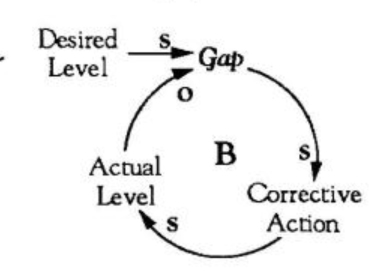
Nature is full of balancing processes. The human body consists of thousands of stabilizing processes that keep our temperature steady, our oxygen level adequate, and ensure that our body’s food and water requirements are met. Organizations also have balancing processes that try to keep supply level with demand, workforce comparable to work requirements, and to keep inventory levels in balance. But if our objectives are contrary to the implicit goal of the system, our efforts to create change will be frustrated.
TIP: The key to recognizing and managing a balancing process is to identify the goal of the system. Because the goal in o balancing loop is often implicit, it can be difficult to realize that o balancing process is at work. To uncover implicit goals in the system, ask, ‘ What is the rationale that is driving our actions?’
Coffee Cooling
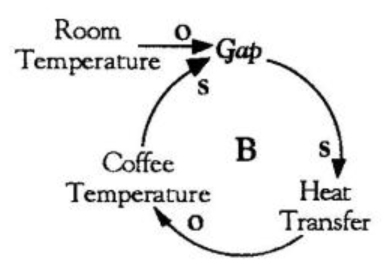
To understand how balancing processes work, think about a cup of hot coffee sitting on a table. The “goal” of the coffee is to cool to room temperature (whether you want it to or not!). The desired state is room temperature and the actual state is the coffee temperature. The natural corrective action, according to the laws of thermodynamics, is a heat transfer between the coffee and the surrounding air. Coffee cooling is thus a natural balancing process that will occur without any explicit corrective action. Osmosis or the diffusion of fragrance in a room are other examples of this move toward equilibrium.
Automatic Climate Control
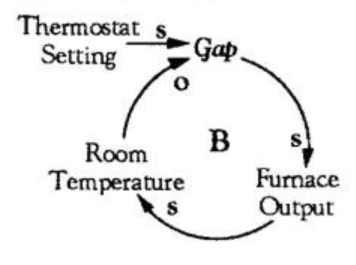
Another commonly-used example of a balancing process is that of a thermostat. In this case, the room temperature is the actual state, the thermostat setting is the desired state, and the corrective action is the output of a furnace or air conditioning system. Whenever there is a gap between the actual and desired temperature, the furnace or air conditioning unit turns on automatically until the gap between actual temperature and desired temperature is close to zero and the room is at the desired level of comfort. This is an example of a balancing process in which we have actually created a device to more actively control the desired state.
Lean Production
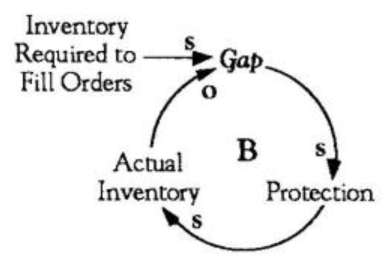
Inventory control, especially as it is used in lean production, is a high-leverage attempt to closely and carefully manage the corrective action of a natural balancing process. To avoid tying up capital in large stockpiles of inventory, the goal is to have just enough product on hand to fill current orders. As sales increase, production (the corrective action) is increased until the actual inventory nears the required inventory, and then production is slowed until more inventory is required.
The challenge here, as in any balancing process, is to manage the delays Time in adjusting to the desired levels (more on delays will appear in future issues).
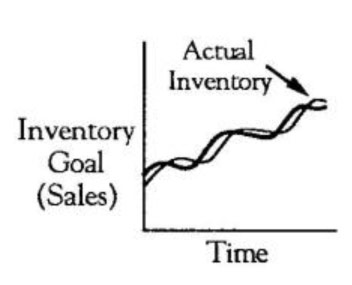
All balancing processes share the same goal-seeking structure. In some, such as the coffee example, the corrective action is so passive it appears non-existent. Other examples, such as inventory control, have a more explicit corrective action. Learning to identify balancing processes in your organization can help you understand why some systems seem to resist change despite the best of intentions. Once you understand the structure of a balancing process and how it can be counteracted by other loops, you can design strategies for effective action.
